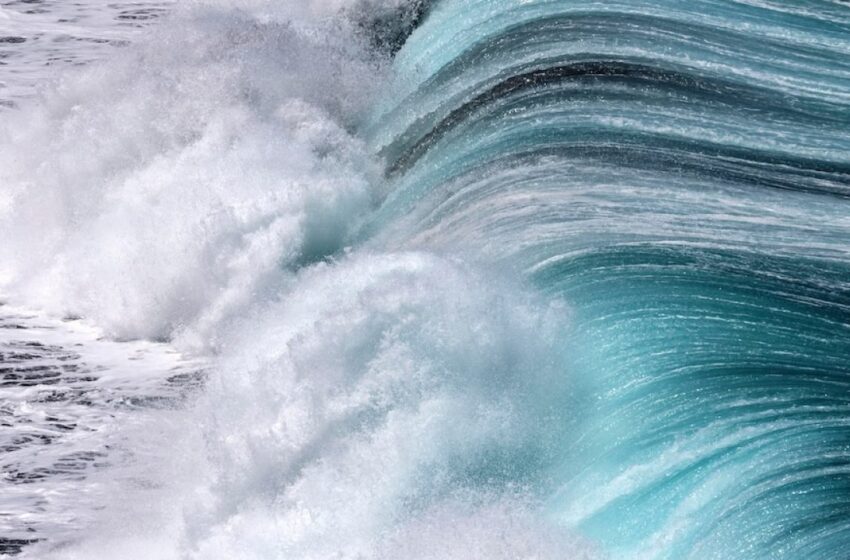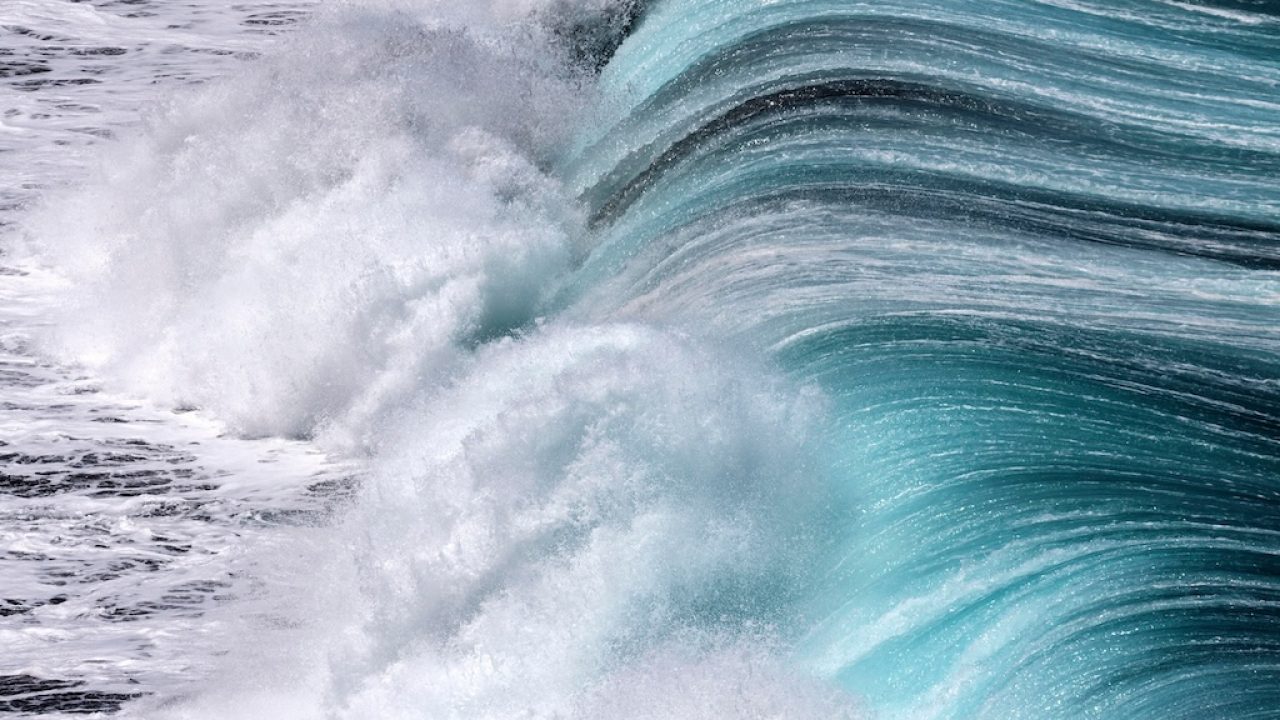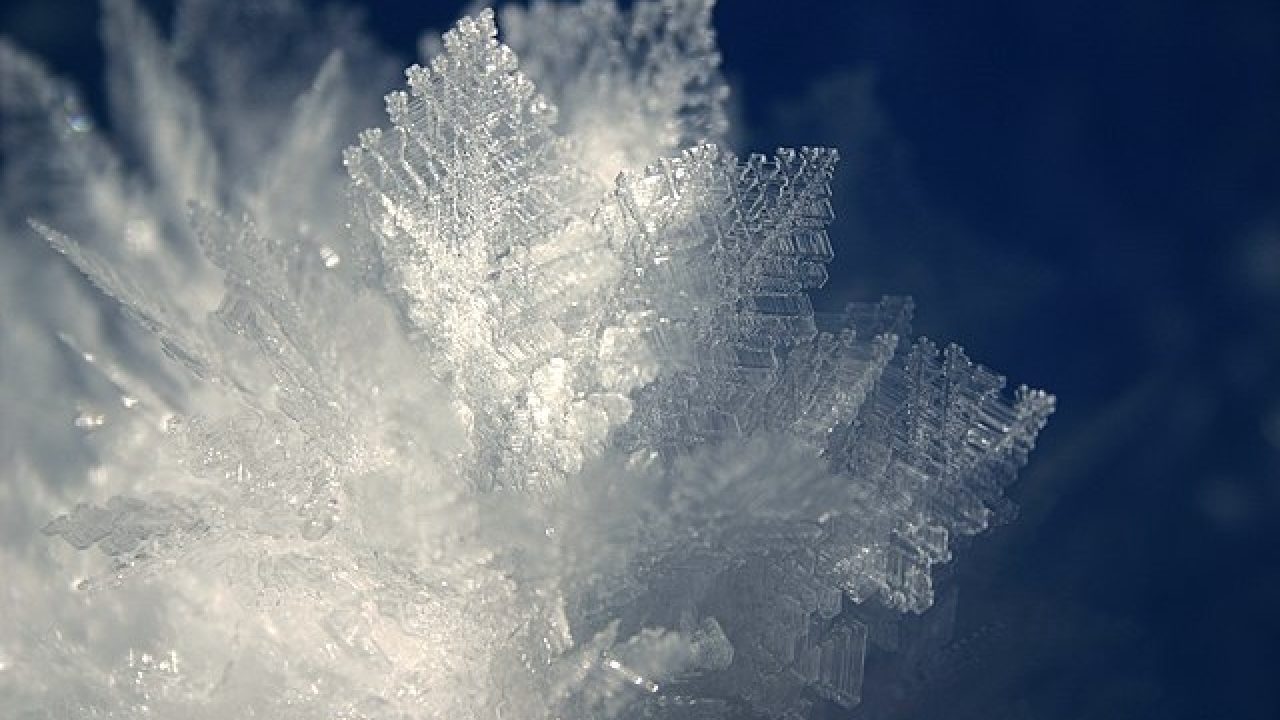
Exploring the Flawlessness of Nature: Water – Nature’s Masterpiece

© Shutterstock
Musa Sattar, London, UK – Deputy Science Editor
Imagine a substance so remarkable, so essential, that it forms the very foundation of life on Earth. This substance is not a rare, exotic compound but a ubiquitous element that flows freely from our taps and cascades down mountainsides. It is the liquid we drink without a second thought, the same liquid that nourishes every plant, animal, and human being. This miraculous substance is water.
As Nobel Prize laureate Albert Szent-Györgyi eloquently stated, ‘Water is life’s matter and matrix, mother and medium. There is no life without water.’
Water, the most abundant liquid in nature, remains one of the least understood. Its myriad of strange behaviours continues to perplex scientists. Its simplicity belies its extraordinary properties. It is composed of just two hydrogen atoms and one oxygen atom, forming a molecule that is both so familiar, yet so profoundly unique. This tiny molecule holds the secrets of life’s resilience and adaptability. A web of hydrogen bonds forms between the positively charged hydrogen atoms in one molecule and the negatively charged oxygen atoms in neighbouring molecules, holding them all together. This intricate network is the driving force behind many of water’s inexplicable properties. Its characteristics are a testament to nature’s genius, revealing a complexity that continues to baffle and inspire scientists.
One of its most intriguing features is its polarity. The molecule’s structure causes a slight positive charge on the hydrogen side and a slight negative charge on the oxygen side, creating a dipole. This polarity allows water molecules to form hydrogen bonds with each other, giving rise to an array of remarkable behaviours. These hydrogen bonds are the key to water’s high surface tension, which allows insects to walk on its surface and enables water to travel up through the roots and stems of plants against the force of gravity. This cohesive property is a silent architect, shaping the very structure of life as we know it.
Consider the crystalline beauty of ice. Unlike most substances, water expands when it freezes. This anomalous expansion occurs because hydrogen bonds arrange the water molecules into an open hexagonal lattice, making ice less dense than liquid water. As a result, ice floats. This seemingly simple phenomenon has profound implications for life on Earth. If ice sank, our oceans, lakes, and rivers would freeze from the bottom up, creating inhospitable environments for aquatic life. Instead, floating ice insulates the water below, providing a stable habitat for marine organisms even in the coldest climates. Could such peculiar and life-sustaining properties be a mere coincidence?
Water’s capacity to store and transfer heat is another marvel. It has a high specific heat capacity, meaning it can absorb and retain large amounts of heat energy with minimal temperature change. This property moderates Earth’s climate, buffering against extreme temperature fluctuations and creating a stable environment for life. The oceans, acting as vast heat reservoirs, absorb heat during the day and release it slowly at night, regulating temperatures and sustaining the delicate balance of ecosystems.
Beyond its thermal properties, water is also an exceptional solvent, often called the ‘universal solvent.’ Its polarity enables it to dissolve a wide variety of substances, from salts to organic molecules. This capability is crucial for biological processes. In our bodies, water facilitates chemical reactions, transports nutrients, and removes waste products. Blood, primarily composed of water, carries oxygen and essential nutrients to cells while flushing out toxins. Without water’s solvent properties, the complex chemistry of life would be impossible.
In the natural world, water cycles through various states and ecosystems in a dynamic, continuous process known as the hydrological cycle. Evaporation, condensation, and precipitation move water from the oceans to the atmosphere and back again, driving weather patterns and replenishing freshwater sources. This cycle is a masterclass in efficiency, ensuring the distribution of water to the most remote and arid regions of the planet. It supports the growth of forests, the flow of rivers, and the fertility of soil, sustaining the web of life in countless ways. Observing such a sophisticated and balanced system, we find that no matter how much we try to understand it, we cannot fully grasp its intricacies. This leaves us to recognise that such a marvel could only exist through the guidance of a Creator or Intelligent Fashioner.
Despite our advanced technology, replicating the intricate dance of water molecules remains beyond our reach. Desalination plants and water purification systems can provide clean water, but they cannot mimic the natural processes that sustain the hydrological cycle on a global scale. Nature’s engineering, honed over billions of years, operates with a precision and elegance that our most sophisticated machines cannot match.
Consider also the profound impact of water on our very physiology. The human body is composed of approximately 60% water, a testament to its essential role in our biological functions. Every cell, tissue, and organ relies on water to maintain its structure and operate efficiently. Enzymatic reactions, electrical conductivity in nerves, temperature regulation through sweating – all these processes depend on the presence of water. Even our brain, the seat of consciousness and thought, is about 73% water, underscoring its importance in our daily lives.
The story of water is a tale of wonder and complexity, a reminder of the intricate systems that sustain life on Earth. It is a narrative that calls us to appreciate the natural world and to steward its resources with care and respect.
Thus, water is more than just a chemical compound. It is a source of life and a symbol of the interconnectedness of all things. From the vast oceans to the tiniest droplets, water is a testament to nature’s flawless design. It reminds us that in every glass we drink, every river we cross, and every raindrop that falls, we are witnessing a masterpiece of creation.

© Shutterstock
Water is a truly remarkable substance. It covers two-thirds of our planet and makes up two-thirds of the volume in our own cells. Despite the thousands of books and articles dedicated to it, our understanding remains surprisingly limited. Philip Ball, a renowned science writer, once remarked, ‘No one really understands water. It’s still a mystery,’ capturing the enigmatic essence of this vital element.
If water were to vanish from the face of the Earth, the very fabric of life would unravel, making survival a near-impossible feat. As Allah Almighty says, in chapter 67, verse 31, of the Holy Qur’an: ‘Say, ‘Tell me, if all your water were to disappear in the earth, who then will bring you clear flowing water?’
Further Reading:
Christophe Lécuyer, Water on Earth: Physicochemical and Biological Properties (John Wiley & Sons, Inc. :2014).
P. Ball, ‘Water – An Enduring Mystery.’ Nature, Vol. 452, 291–292 (2008). https://doi.org/10.1038/452291a



